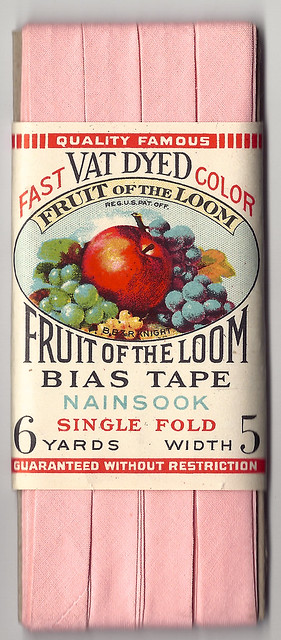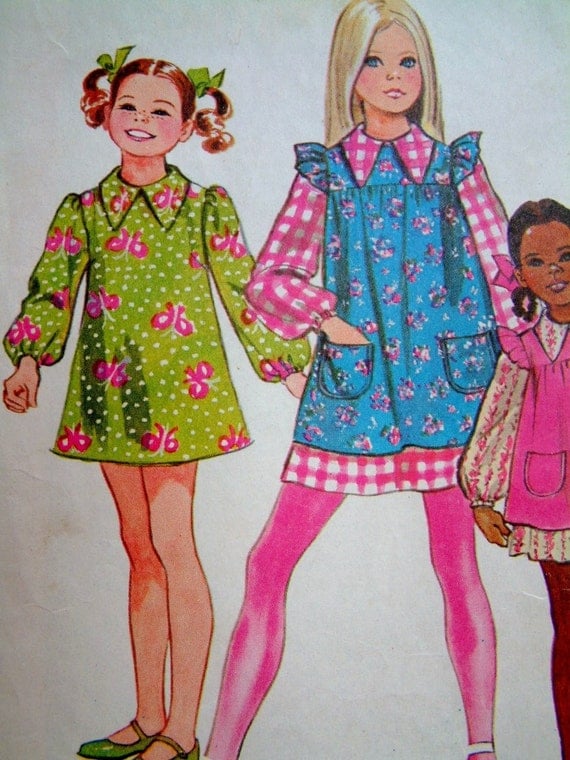It is extremely difficult to come across an actual vintage walking foot for Montgomery Ward machines however you can purchase a generic low shank walking foot. I purchased my walking foot from my local Bernina dealership. It's a Quilters' Resource Gerneric Low Shank Walking Foot and Plaid Matcher part #10449. It's manufactured and sold by Brewer Quilting and Sewing Supply and should be available at your local Bernina dealership. If you would prefer to purchase it over the web I would recommend these links...
http://www.vacsew.com/walking-
http://www.nancysnotions.com/
http://www.amazon.com/
I can guarantee that the foot from vacsew.com will work as it is the exact same model that I have on my Montgomery Ward. Nancy's notions and Amazon are very reputable sellers but be sure to check their return policies before purchase.
I also have a Nifty Notions Free Motion Quilting and Darning Foot (another Quilters' Resources Inc. product) but to be honest I'm less then impressed with it. The only time I've used it I broke three needles stippling a 8 x 10 inch doll quilt. That is most likely due to piloting error (I'm not a big quilting person). If in the future I decide to stipple another quilt I may just pick up a leather rolling foot.
I recently went to a sewing expo where I saw a demonstrator use a Bernina leather rolling foot to create tight circles and spirals. He then proceeded to wow the crowd with a simple large stipple pattern. I would have bought the leather rolling foot on the spot if it had been the type to fit on my machine, which of course it wasn't. The wonderful thing about it was that the stitches all came out the same length with the roller (and they most definitely didn't with the free motion foot). The downfall is that the leather roller won't make super tight and small stipples and I'm not sure that it will work well with high loft quilt batting.
The generic low shank leather rollers don't look a thing like Bernina's and I don't know if they will work as well but I put one on my wish list anyway. I hope you find a great free motion foot - if you do be sure to let me know about it.



















